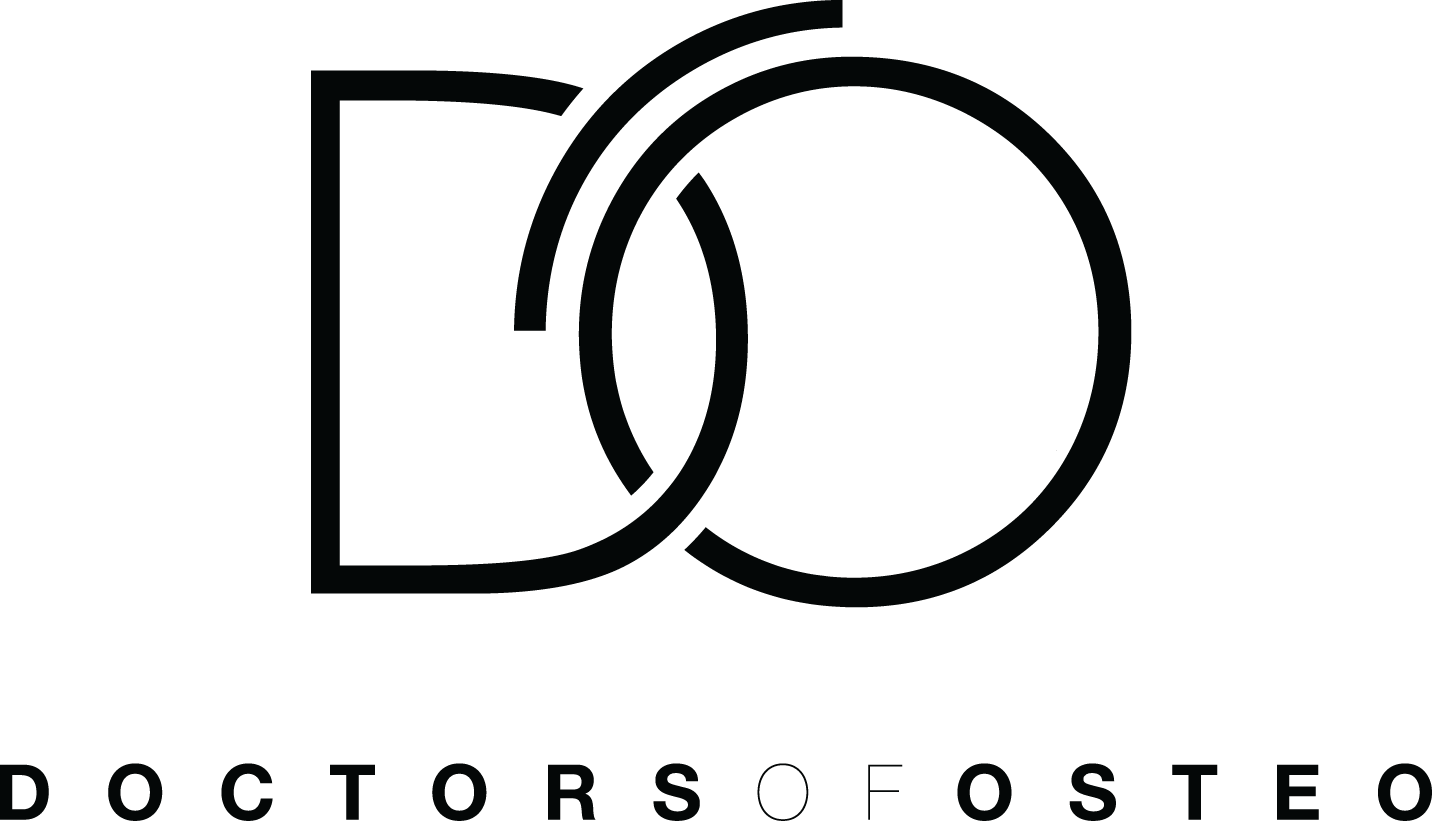Bunion (Big Toe Bulge)
What is a Bunion?
‘Hallux Valgus’ or a ‘bunion’ in simple terms, describes pain of the big toe when it deviates in an inwards direction.
Deviation between 15-20 degrees = a mild bunion
Between 20-40 degrees = a moderate bunion
>40 degrees = a severe bunion
How does a Bunion form?
A bunion usually forms gradually over an extended period and is most common in shoe-wearing populations (less than 2% in non-shoe-wearing populations). Shoes that are too tight or that narrow towards the end, have an impact on the formation of a bunion. Over time, the ligaments and muscles that hold the first metatarsophalangeal joint (MTP) aka the ‘big toe joint’ in a straight position erode and weaken, leading to the visible big toe bulge and protruding bone.
Why does a Bunion occur?
The likelihood of a bunion occurring increases with two or more of these factors:
Genetic predisposition: Research has shown that if someone in your direct family has suffered from bunions, there is a 55% greater chance of developing bunions.
As mentioned previously, Tight Shoes: Continuous pressure that pushes the big toe inwards, causes gradual erosion of the ligaments and weakness of the foot muscles.
Pes Planus or ‘Flat Feet’: Having flat feet and low arches causes the body’s weight to be distributed towards the inside of the foot in the same area that a bunion grows.
Out-Toeing or ‘Duck Footed’: Similar to ‘Flat Feet’ the weight distribution of Out-Toeing causes added pressure to the first MTP joint.
Hypermobility and Joint Laxity: Hypermobile conditions (such as Marfan’s disease) or previous injuries that have caused joint laxity (loose joints) in the area can contribute to bunion formation.
Tight Achilles: Tight calves can cause more pressure to be placed on the big toe as it is used to push off the ground during walking.
Inflammatory conditions: Having certain inflammatory conditions (such as Rheumatoid arthritis) can cause ligaments and tendons to be susceptible to deterioration.
Can I have surgery for a Bunion?
More than 100 different bunion removal surgeries/procedures exist, with the surgical choice dependent on how your bunion developed and its severity. On average, bunion surgeries take approximately 4-6 months for a full recovery.
BUNION TYPE SURGICAL CHOICE
Mild Chevron
Moderate - Severe Scarf
1st TMTJt Hypermobility Lapidus
1st MTPJt OA MTP Fusion
Can I have a Bunion treated conservatively (without surgery)?
Shoe change: In most cases, bunion pain can be significantly decreased with the implementation of wider shoes that have adequate toe room. Avoid narrow shoes or shoes with heels as this will place more pressure on the MTP joints.
Splints: Toe separators (like the ones used at a nail salon) or ActyToe splints.
Correct over-pronation of the foot: Wearing athletic shoes with ‘high control’ or seeing a podiatrist for orthotics.
Strengthen intrinsic muscles of the foot: The intrinsic muscles of the foot arise within the foot and contribute to MTP positioning.
Self-articulation of the foot (5-10min daily focusing on specific big toe movements)
Toe spreads - in particular, 20min per day to retrain adductor hallucis (a muscle in the foot)
Standing single leg or double leg foot claw 2-5min (To raise the arch using intrinsic foot muscles but not to move the big toe)
Bonus/Advanced: Calf raises shifting weight onto big toe 8-15 reps and 2-4 sets (To re-train weight-bearing on the big toe → can use ActyToe splint for support)
TENS Stimulation in order to retrain intrinsic foot muscles
Can I have surgery for a Bunion?
More than 100 different bunion removal surgeries/procedures exist, with the surgical choice dependent on how your bunion developed and its severity. On average, bunion surgeries take approximately 4-6 months for a full recovery.
BUNION TYPE SURGICAL CHOICE
Mild Chevron
Moderate - Severe Scarf
1st TMTJt Hypermobility Lapidus
1st MTPJt OA MTP Fusion
Can I have a Bunion treated conservatively (without surgery)?
Shoe change: In most cases, bunion pain can be significantly decreased with the implementation of wider shoes that have adequate toe room. Avoid narrow shoes or shoes with heels as this will place more pressure on the MTP joints.
Splints: Toe separators (like the ones used at a nail salon) or ActyToe splints.
Correct over-pronation of the foot: Wearing athletic shoes with ‘high control’ or seeing a podiatrist for orthotics.
Strengthen intrinsic muscles of the foot: The intrinsic muscles of the foot arise within the foot and contribute to MTP positioning.
Self-articulation of the foot (5-10min daily focusing on specific big toe movements)
Toe spreads - in particular, 20min per day to retrain adductor hallucis (a muscle in the foot)
Standing single leg or double leg foot claw 2-5min (To raise the arch using intrinsic foot muscles but not to move the big toe)
Bonus/Advanced: Calf raises shifting weight onto big toe 8-15 reps and 2-4 sets (To re-train weight-bearing on the big toe → can use ActyToe splint for support)
TENS Stimulation in order to retrain intrinsic foot muscles
How can Osteopathy help with Bunions?
In the initial consultation, Osteopaths can help you identify the specific factors in your daily life that could be contributing to your big toe bulging and bunion formation.
This will lead to a management plan where the Osteopath puts into place self-management strategies to prevent the formation and progression of a bunion; so that the treatment goes well beyond the 45min consultation.
Painful bunions may benefit from four to six osteopathic sessions where the pain and swelling is addressed through a range of manual therapy techniques.
Additionally, take-home advice and exercises are usually prescribed to address the cause of malalignment. This may include medial arch strengthening, strengthening the intrinsic foot muscles and assessing walking patterns (i.e. GAIT retraining)
Doctor of Osteo’s team of osteopaths are available to help you with your bunions. Click the button below to make an appointment.
Providing healthcare with our osteopaths near me in Hawthorn, Hawthorn East, Kew, Balwyn, Canterbury, Camberwell, Camberwell East, Richmond, Malvern and Glen Iris.


